Located on the southern bank of the Yamuna River in Agra, India, the Taj Mahal is one of the most breathtaking and iconic monuments in the world.
This stunning white marble mausoleum, built by Mughal Emperor Shah Jahan in memory of his beloved wife, Mumtaz Mahal, is a testament to the transcendent power of love and beauty.
You May Also Like: Where Spirituality Meets Serenity: Brahm Kund’s Tranquil Oasis
History of the Taj Mahal
The Taj Mahal’s story began in 1631, when Mumtaz Mahal, Shah Jahan’s favorite wife, died during the birth of their 14th child. Devastated by her loss, Shah Jahan resolved to build a magnificent monument in her honor.
The construction process took over 22 years, employing thousands of skilled artisans and laborers.
Architecture and Design
The Taj Mahal’s architecture is a masterful blend of Indian, Persian, and Islamic styles:
- Main Structure: The central dome, surrounded by four smaller domes and four minarets.
- Marble Inlay: Intricate designs made from precious stones, including jasper, jade, and turquoise.
- Calligraphy: Quranic verses and poetry adorn the walls.
- Gardens: The Charbagh garden, representing the four rivers of paradise.
Symbolism and Significance
The Taj Mahal’s design and architecture embody various symbolic meanings:
- Eternal Love: The monument represents Shah Jahan’s enduring love for Mumtaz Mahal.
- Paradise on Earth: The Charbagh garden symbolizes the Islamic concept of paradise.
- Spiritual Journey: The Taj Mahal’s architecture guides visitors through a spiritual progression.
Conservation Efforts
In the 20th century, the Taj Mahal faced significant threats:
- Pollution: Industrial and vehicular pollution damaged the marble.
- Neglect: Lack of maintenance and preservation.
- Over-Tourism: Strains on infrastructure and potential damage.
International conservation efforts, led by UNESCO, have helped restore and protect the site.
Tourism and Economic Impact
The Taj Mahal attracts over 8 million visitors annually, generating significant revenue for India’s economy.
Challenges and Concerns
- Over-Tourism: Strains on infrastructure and potential damage.
- Climate Change: Rising temperatures and humidity threaten the monument’s structural integrity.
- Preservation: Balancing conservation with tourism and economic development.
Cultural Significance
The Taj Mahal is an iconic symbol of Indian culture and identity:
- National Pride: The Taj Mahal is a source of national pride and unity.
- Mughal Legacy: The monument represents the rich cultural heritage of the Mughal Empire.
- Artistic Inspiration: The Taj Mahal’s architecture and design inspire artists and designers worldwide.
Interesting Facts
- Changing Color: The Taj Mahal appears to change color depending on the time of day.
- Precious Stones: The monument features over 28 types of precious and semi-precious stones.
- Architectural Innovations: The Taj Mahal’s design introduced innovative architectural techniques.
Conclusion
The Taj Mahal is a timeless testament to the transformative power of love and beauty.
This stunning monument continues to captivate visitors from around the world, inspiring wonder and appreciation for India’s rich cultural heritage.
References:
- UNESCO World Heritage Centre
- Indian Ministry of Tourism
- Taj Mahal official website
- “The Taj Mahal” by Wayne Edison
- “Taj Mahal: The Jewel of India” by Raghubir Singh
Additional Resources:
- Taj Mahal Visitor Guide
- History of the Mughal Empire
- Indian Culture and Traditions
- Conservation Efforts and Sustainability
- Travel Tips and Accommodations

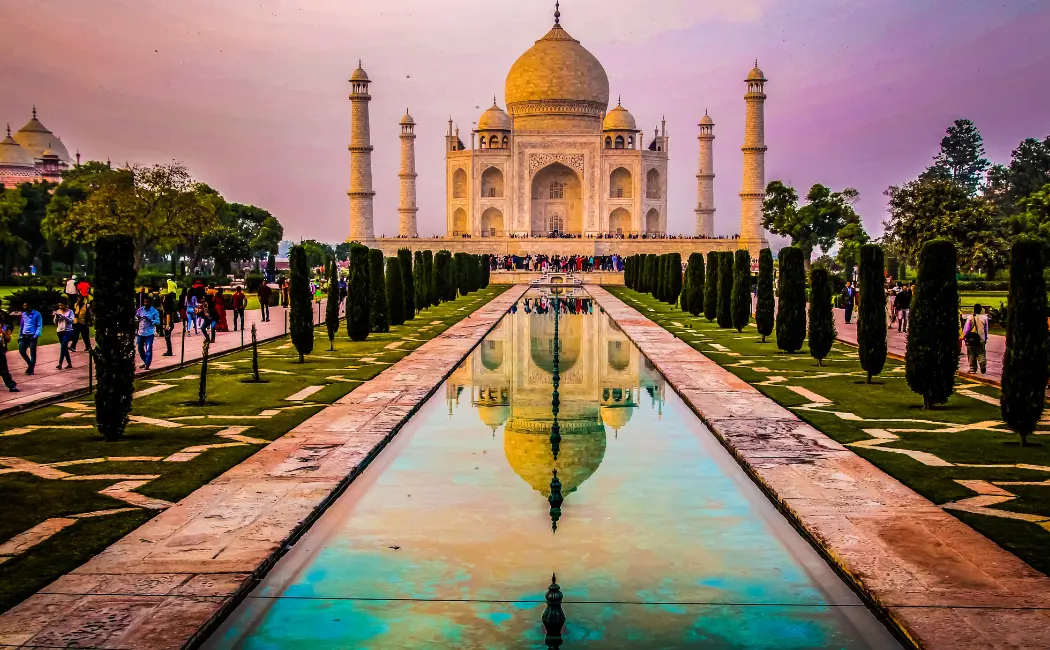
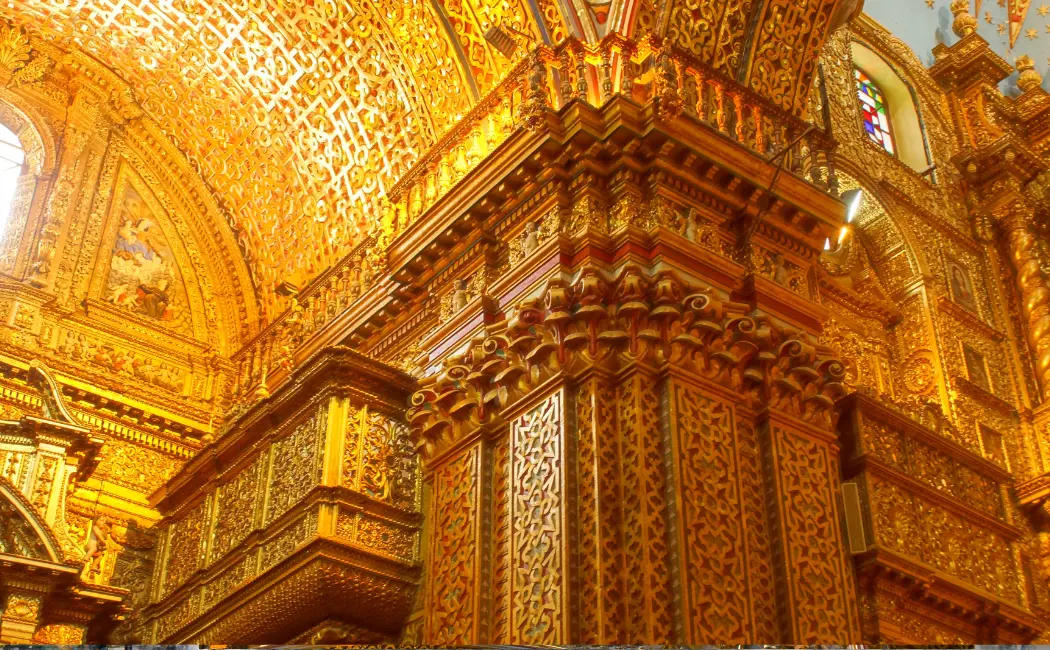
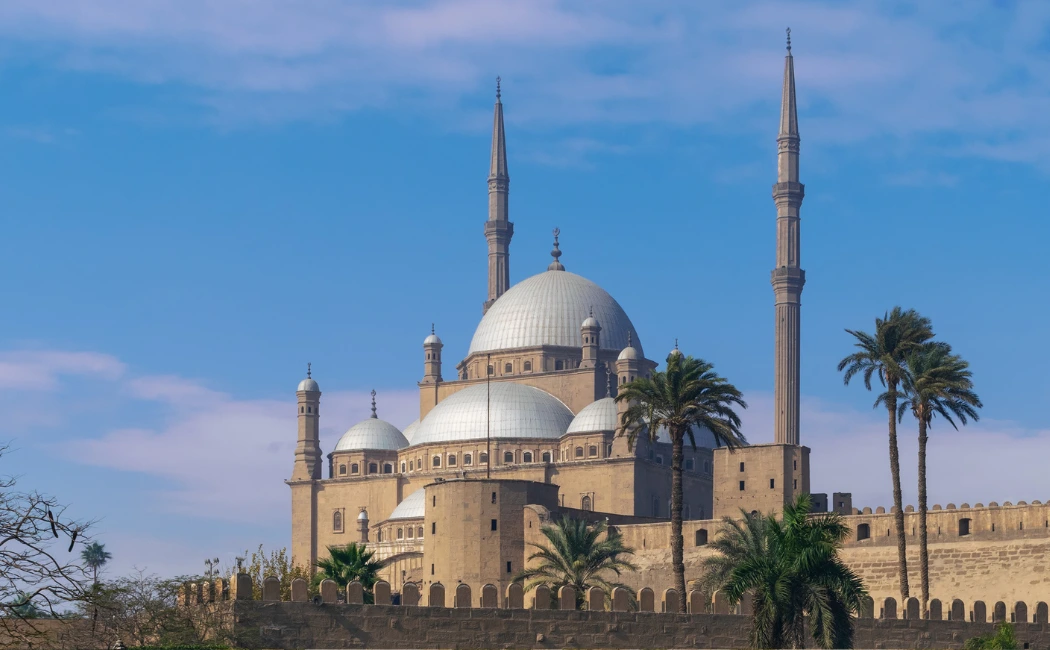
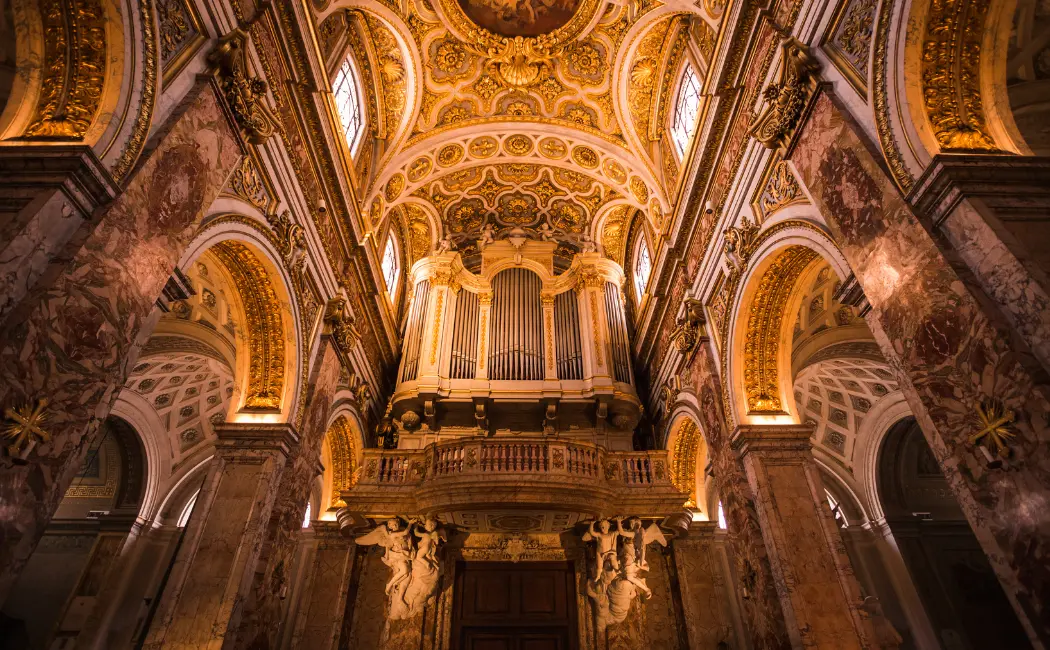



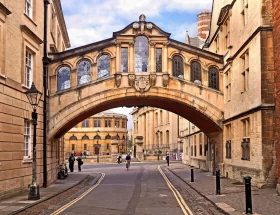


[…] You May Also Like : The Taj Mahal: A Symbol of Eternal Love and Beauty […]